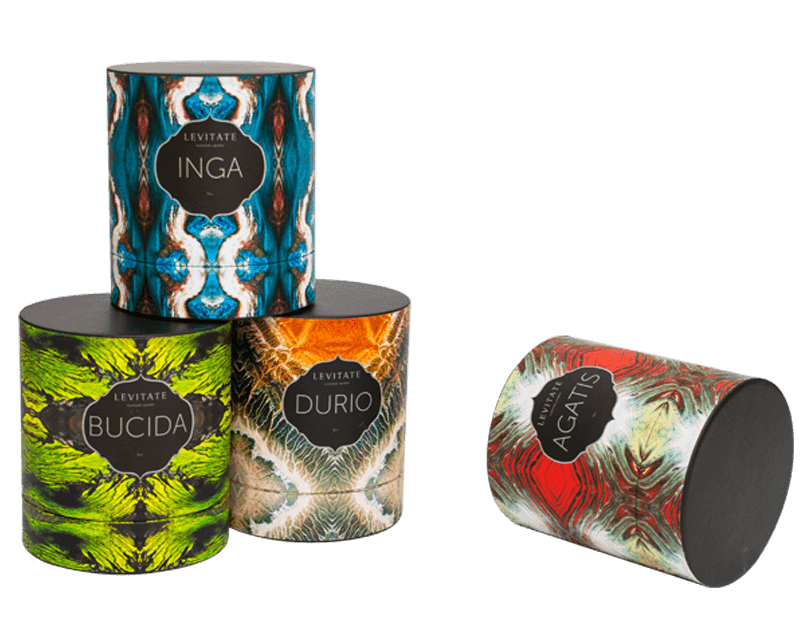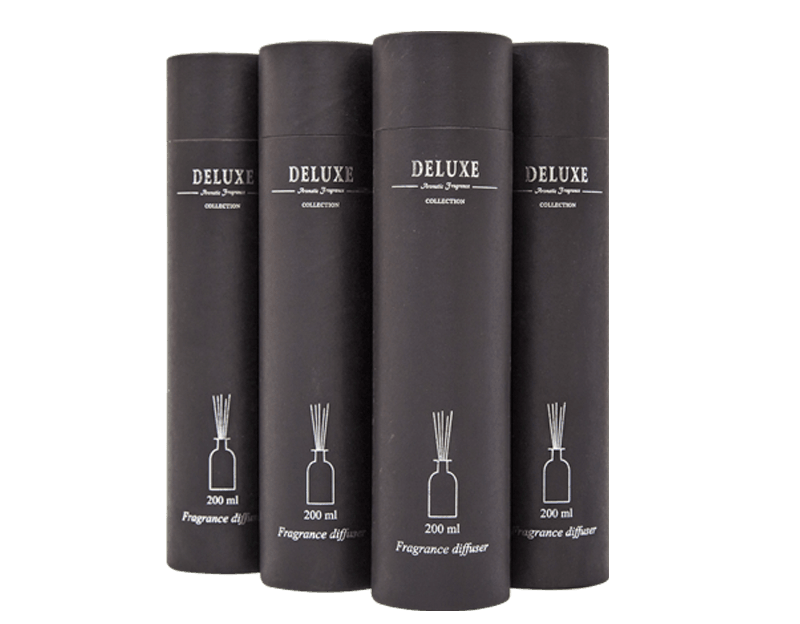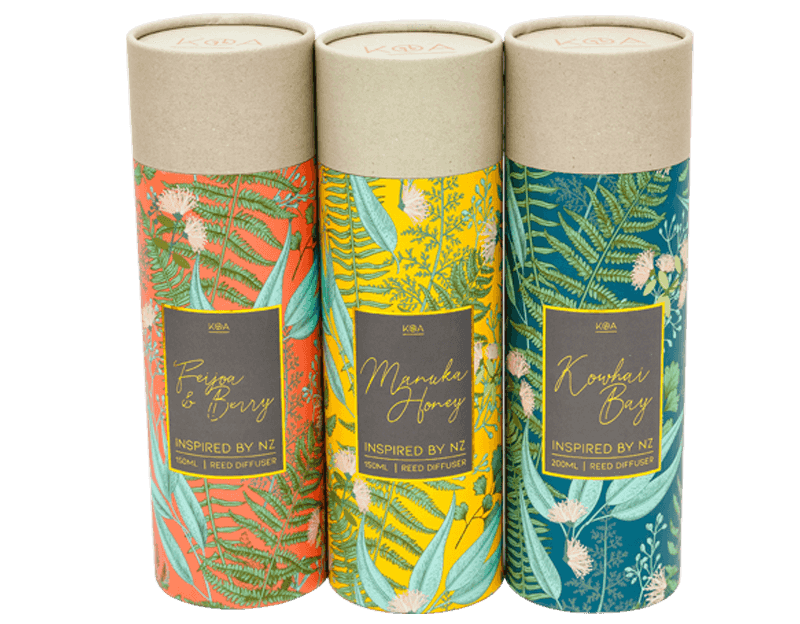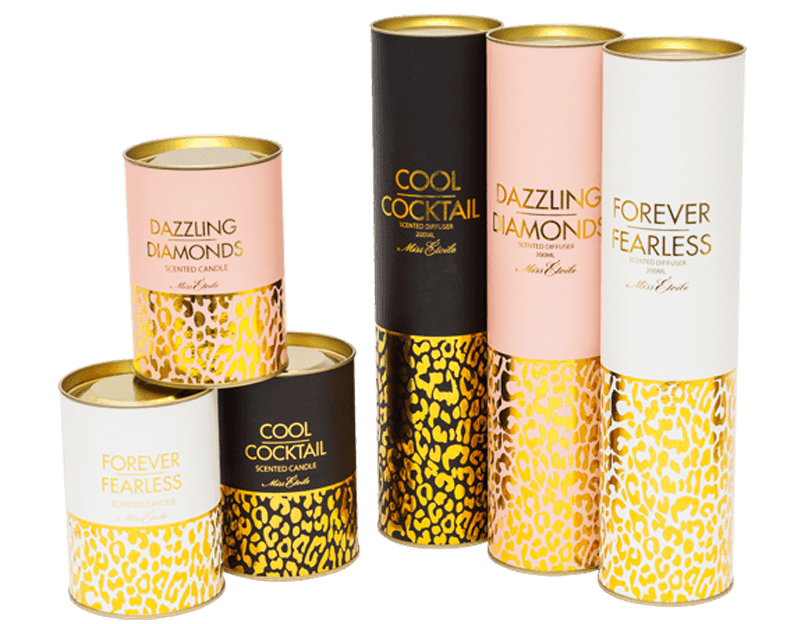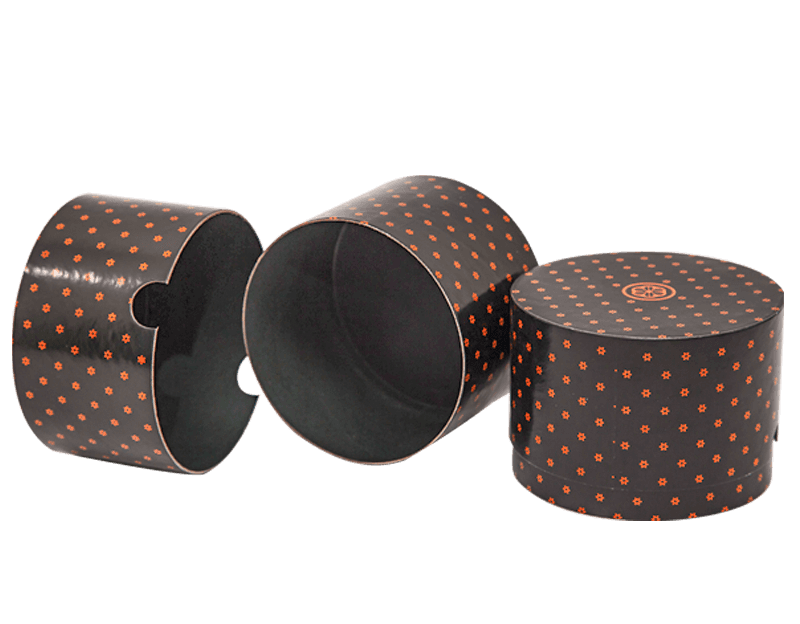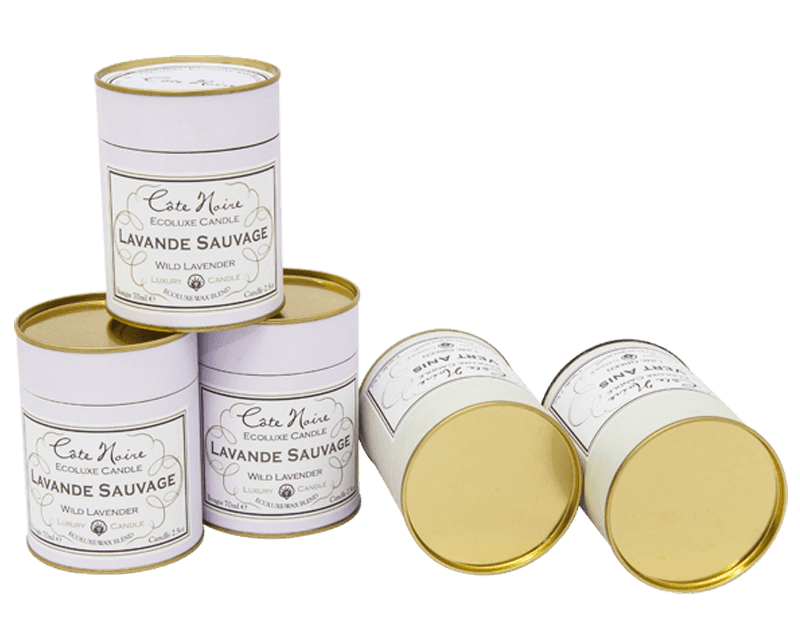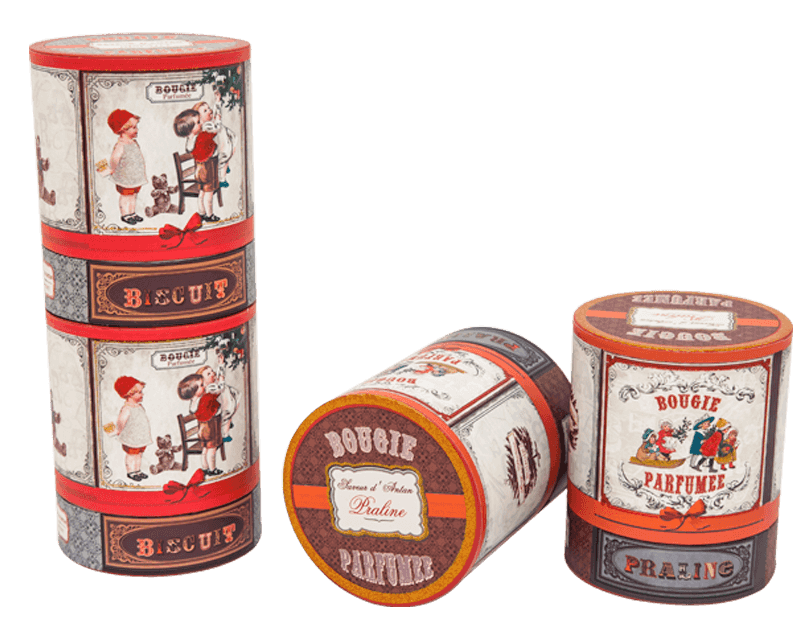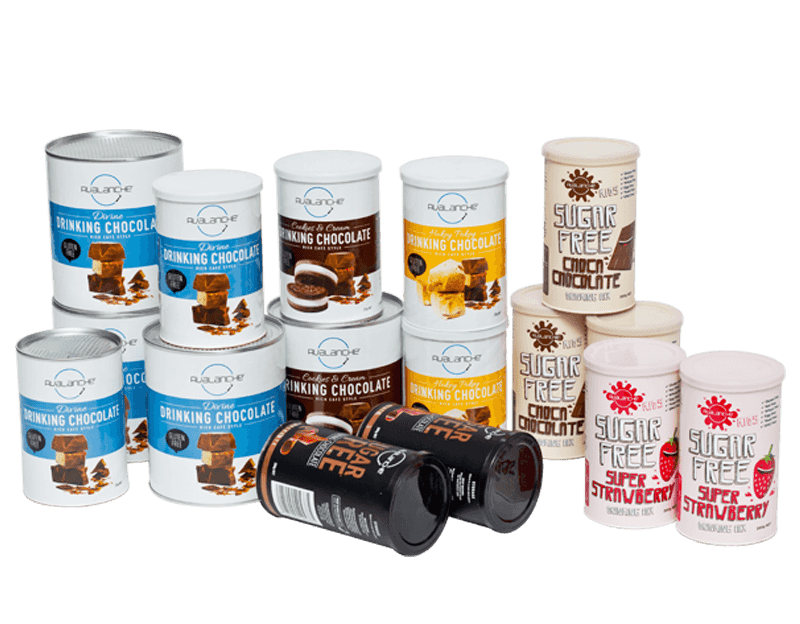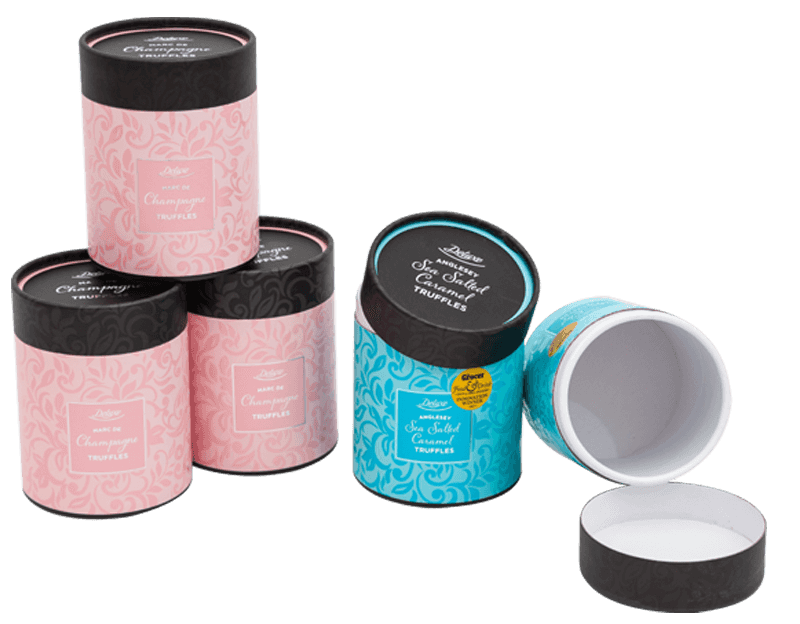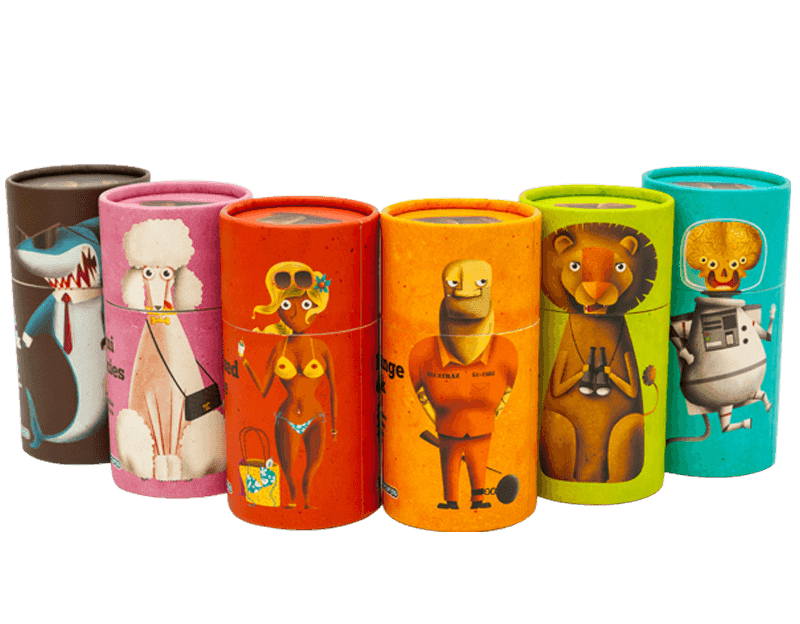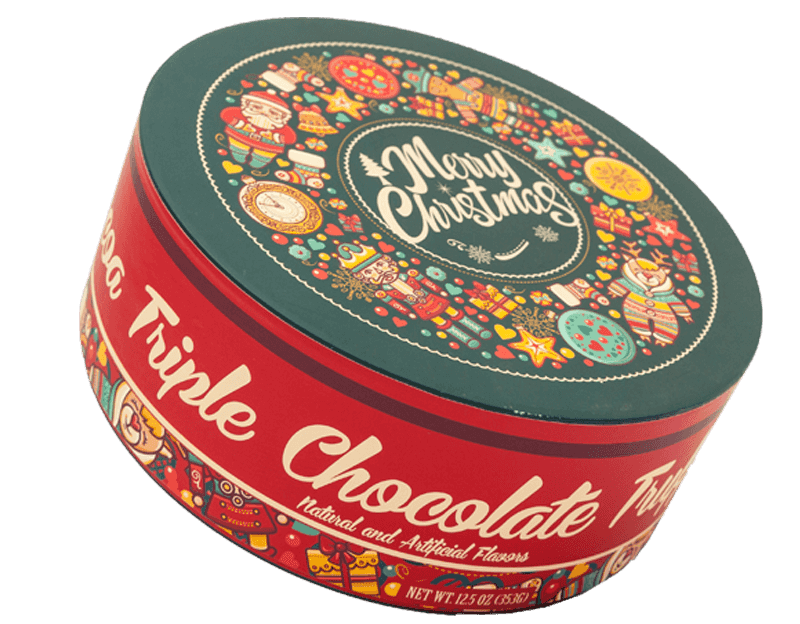As one of the top China cardboard tube packaging manufacturers and paper tube packaging suppliers, we devote all of our efforts to research and launch more high quality packaging products to global market.
Wine Bottle Packaging embarks on a captivating journey through the profound influence that aesthetics and design wield over consumer perceptions and preferences within the wine industry. This exploration delves into the art and psychology behind wine bottle packaging, unraveling its role as a potent tool for evoking desire, shaping brand identity, and steering purchasing decisions.
The impact of wine bottle packaging on consumer desire is a nuanced interplay of visual and tactile elements. A meticulously designed and aesthetically pleasing package possesses the enchanting ability to seize attention, stir emotions, and instill a sense of anticipation. Whether adorned with elegant minimalism, vibrant imagery, or tactile embellishments, these elements elicit a robust emotional response, kindling desire and curiosity within the consumer.
Beyond mere aesthetics, wine bottle packaging emerges as a canvas for storytelling and brand communication. The design, imagery, and messaging on the label weave a narrative that resonates with consumers, providing glimpses into the winery's heritage, the unique characteristics of the wine, and the overarching brand identity. This storytelling facet not only heightens the desirability of the product but also forges a profound connection between the consumer and the wine, transcending the utilitarian nature of the beverage.
The influence of wine bottle packaging transcends aesthetics, delving into the realm of brand identity and differentiation. Distinctive and unique packaging acts as a visual and conceptual marker, setting a wine apart from its competitors and establishing an identity that resonates with consumers. Whether steeped in traditional elegance, infused with modern innovation, or woven into thematic storytelling, the packaging becomes a tangible representation of the brand's values, personality, and positioning within the market.
Moreover, the sway of wine bottle packaging intertwines seamlessly with consumer psychology and decision-making processes. Studies underscore the pivotal role of visual appeal in shaping product perception and purchase intent. The design elements, color palette, typography, and overall aesthetic of the packaging subtly communicate qualities such as quality, sophistication, and authenticity. These subtle cues influence the perceived value of the wine and significantly impact the likelihood of purchase.
In conclusion, Wine Bottle Packaging unravels the intricate relationship between design and consumer behavior within the wine industry. Beyond being a vessel for the beverage, wine bottle packaging emerges as a dynamic and influential force, shaping desires, weaving narratives, and carving distinctive identities for wines in a market teeming with choices. The artistry and psychology inherent in this packaging transcend the tangible, leaving an indelible mark on the consumer's perception and experience of the wine within.
 English
English Español
Español
